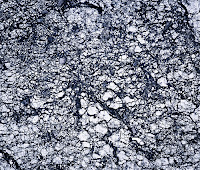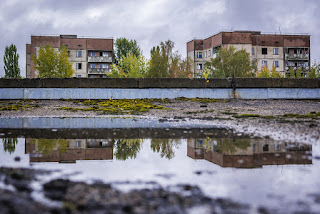Top Tips On How To Avoid Having To Repair A Flat Roof
Top Tips On How To Avoid Having To Repair A Flat Roof
The flat roof is a type of roof presenting with a pitch of
fewer than fifteen degrees. This type of
roof is one of the most contemporary designs and is highly durable, but it is
difficult to find a home insurance agent willing to insure the roof. In fact, most people will need to approach
specialist non-conventional home insurance agents to gain roof insurance if
they have a flat roof. This is because
flat roofs are more vulnerable to damage and, despite the long lifespan, will
require a great deal of maintenance.
To prevent damage to roofs, it is important to carry out
regular maintenance, particularly during heavy weather conditions. Flat roofs are highly vulnerable to issues
known as splitting, ponding, blistering, and felt movement. This article will provide top tips on how to
avoid having to repair a flat roof regarding any of these issues.
1. Avoiding Splitting
Splitting on a flat roof can be described as a form of
cracking in the roof material. This can
be caused by frost thawing, water pooling, stress or pressure placed on the
roof, or poor workmanship. The best way
to avoid splitting is to maintain the roof and check for water on the roof; as
well as removing any heavy objects falling on the roof. Although, it is important to note that the
surface can be damaged when walking on the roof and this is why a professional
should be contacted if there is splitting.
2. Avoiding Ponding
Ponding, also known as pooling, is an issue that occurs when
there are pools of water that are not drained from the roof surface. If ponding occurs on the flat roof, then
there is a likelihood that the material will become damaged and lead to
splitting. One method to avoid repairing
ponding is to fit drains to eliminate the pooling of water. Furthermore, you could install hoppers as a
means of collecting the water and send the water to a tank for future use.
3. Avoiding
Blistering
Blistering typically occurs when air is trapped between
different layers of felt in the flat roof.
When the air between the felt begins to heat, it will cause air pockets
that puncture the roof material and cause a "blister effect". If the puncture is large, this can result in
water passing through the roof surface and potential ponding. To avoid the issue of blistering, it is recommended
that you hire a professional to install waterproof seals.
Find out why using a rubber roofs is the best option here
Find out why using a rubber roofs is the best option here


Comments
Post a Comment